ACE's Guide to Florida’s Onsite Septic System Regulations
Everything you need to know about proper septic system compliance.
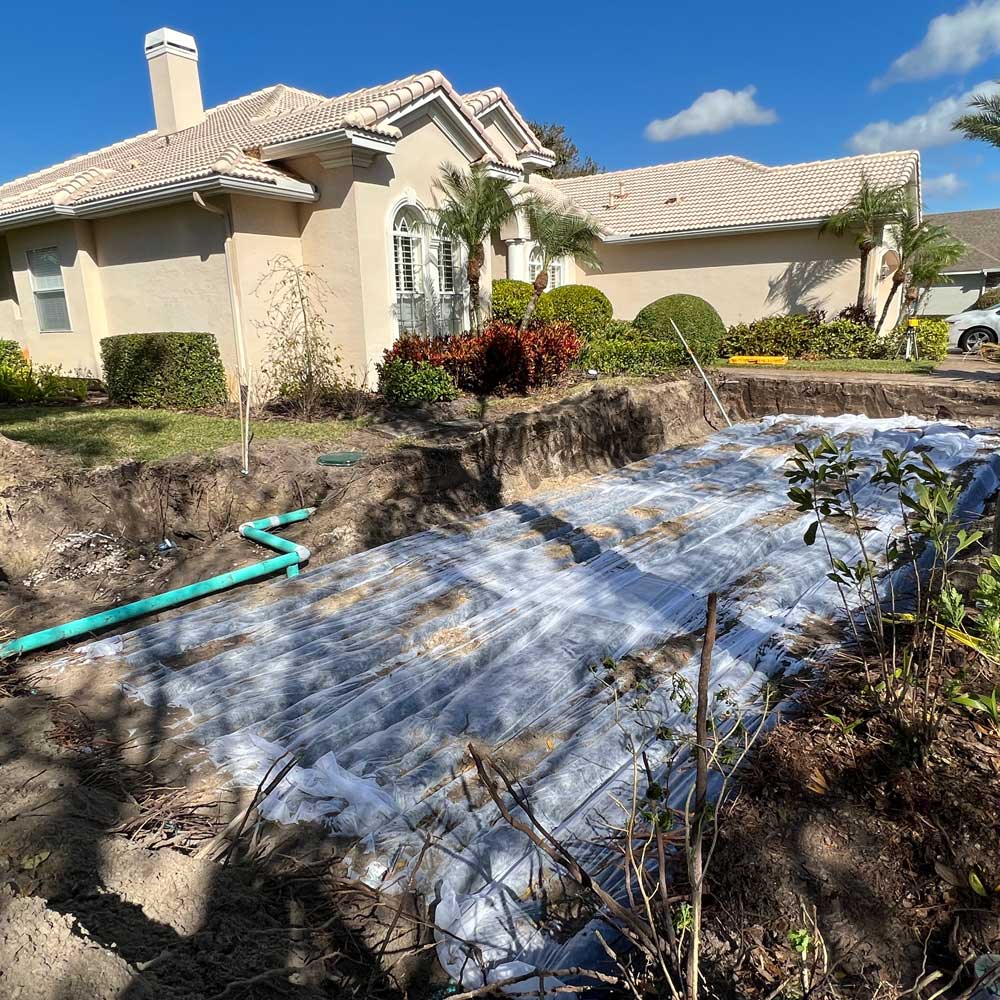
Everything you need to know about proper septic system compliance.

Florida sits on an aquifer—essentially an underground rock filled with water—that supplies 90% of our state’s drinking water. We need to protect it all costs, which is why there are rules and regulations homeowners must follow for septic tank installation.
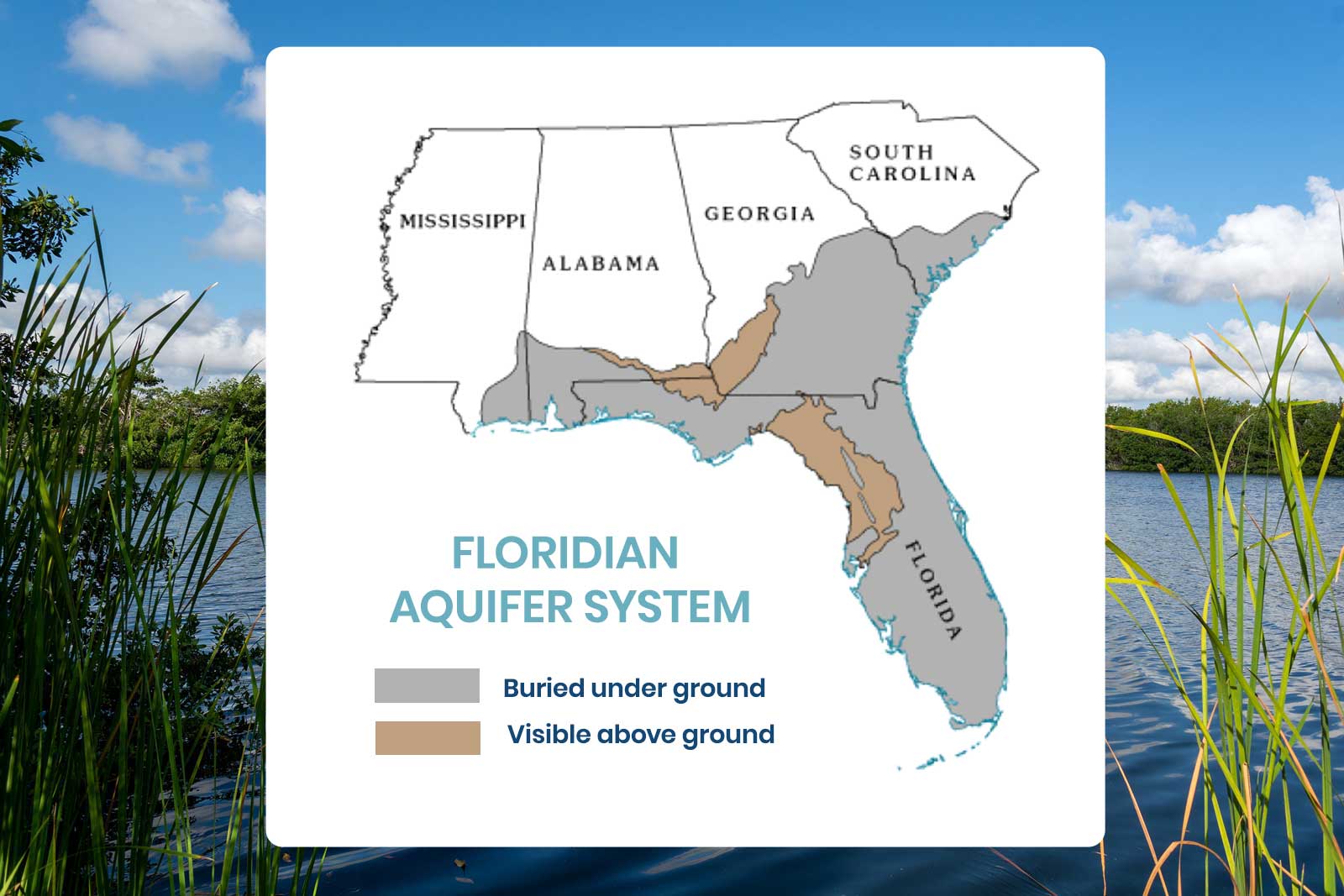
30% of Florida’s population uses private septic systems, often referred to as onsite sewage treatment and disposal systems (OSTDS). The maximum disposal quantity for an OSTDS is 5,000 gallons per day, though the average homeowner disposes less than 100 gallons per day.
If an OSTDS is disposing less than 5,000 gallons per day, the Florida Department of Health (DOH) is the governing entity responsible for establishing, monitoring, and enforcing Florida’s septic tank regulations. This includes initiating any permit for a new septic system installation, and maintaining a uniform code that exists to protect our drinking water.
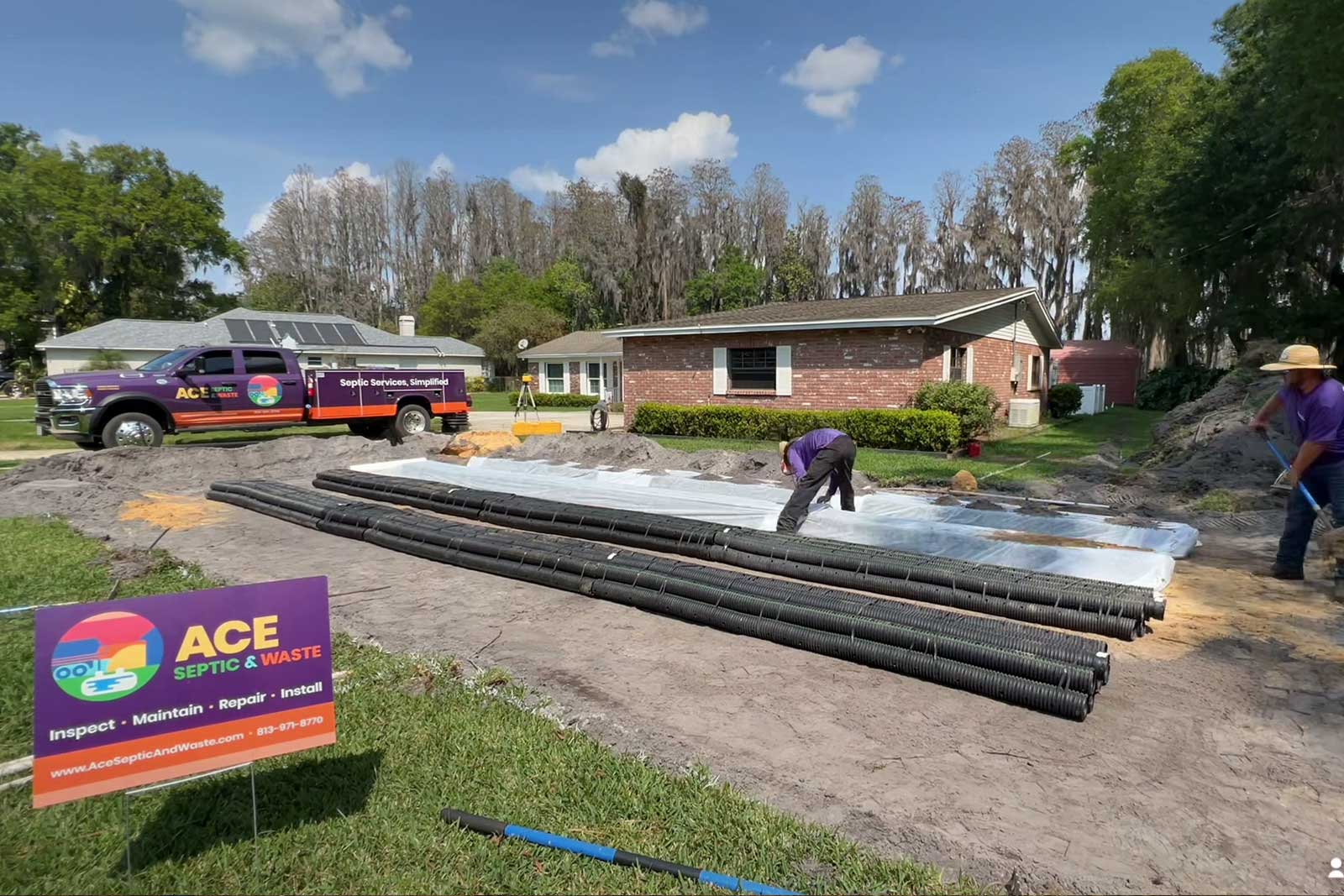
To install a new septic system, an application must get submitted showing the site plan, the intended layout of the septic tank and drainfield on the property, and a soil test showing the soil percolation efficacy.
Although homeowners can submit the application themselves, it will still require signed authorization from a licensed contractor like ACE. Homeowners can save themselves a lot of time by using ACE to submit the application on their behalf. We know the process, the rules, and are fully certified.
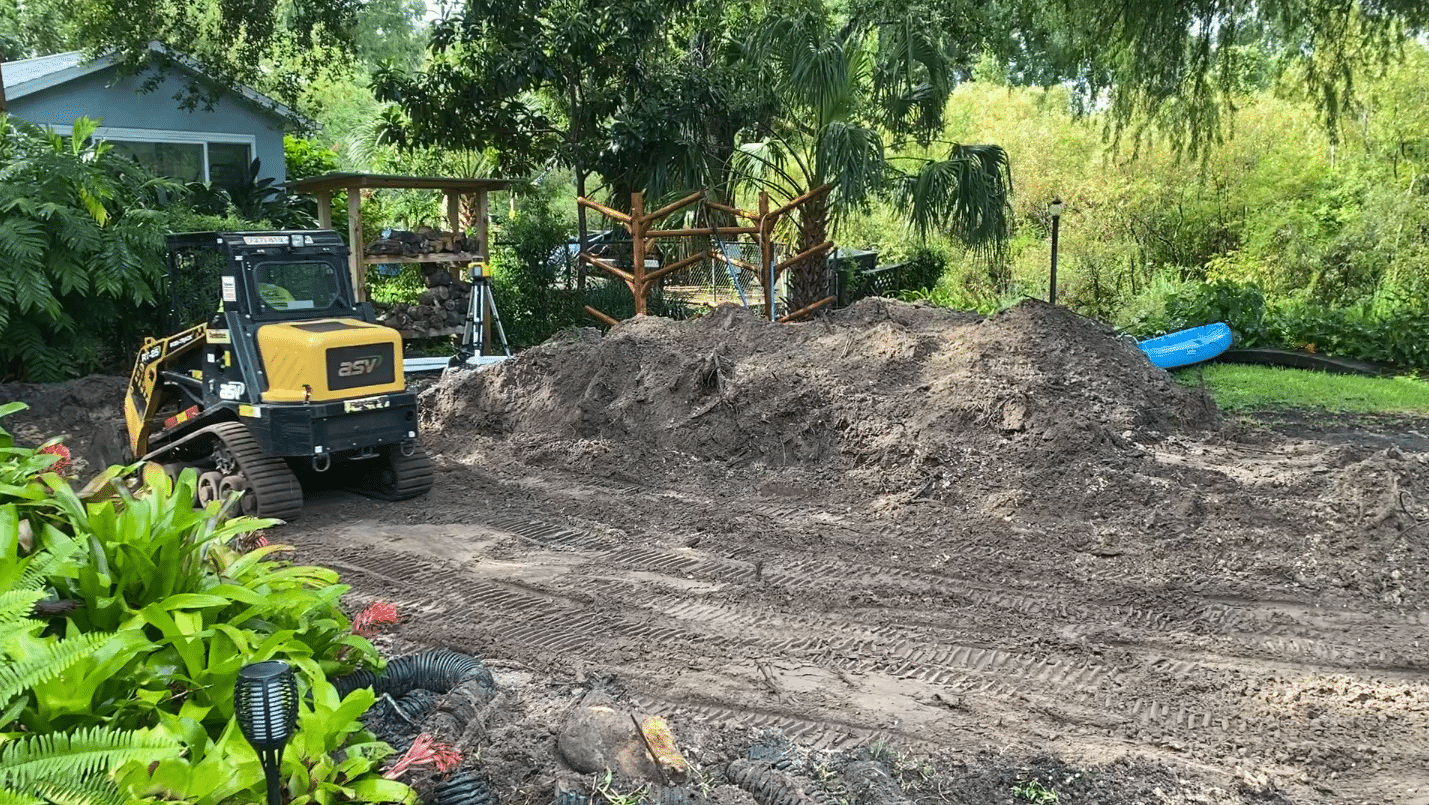
You may learn during the permit and inspection process that your property requires a mound system. A mound system is an elevated drain field required if your property is not able to keep enough separation between a traditional drainfield and the highest point of the water table during the wet season. The degree of separation differs depending on when your house was built:
Note: The measurements for the high point of the water table and the bottom of your drain field may vary based on your homes unique specifications.
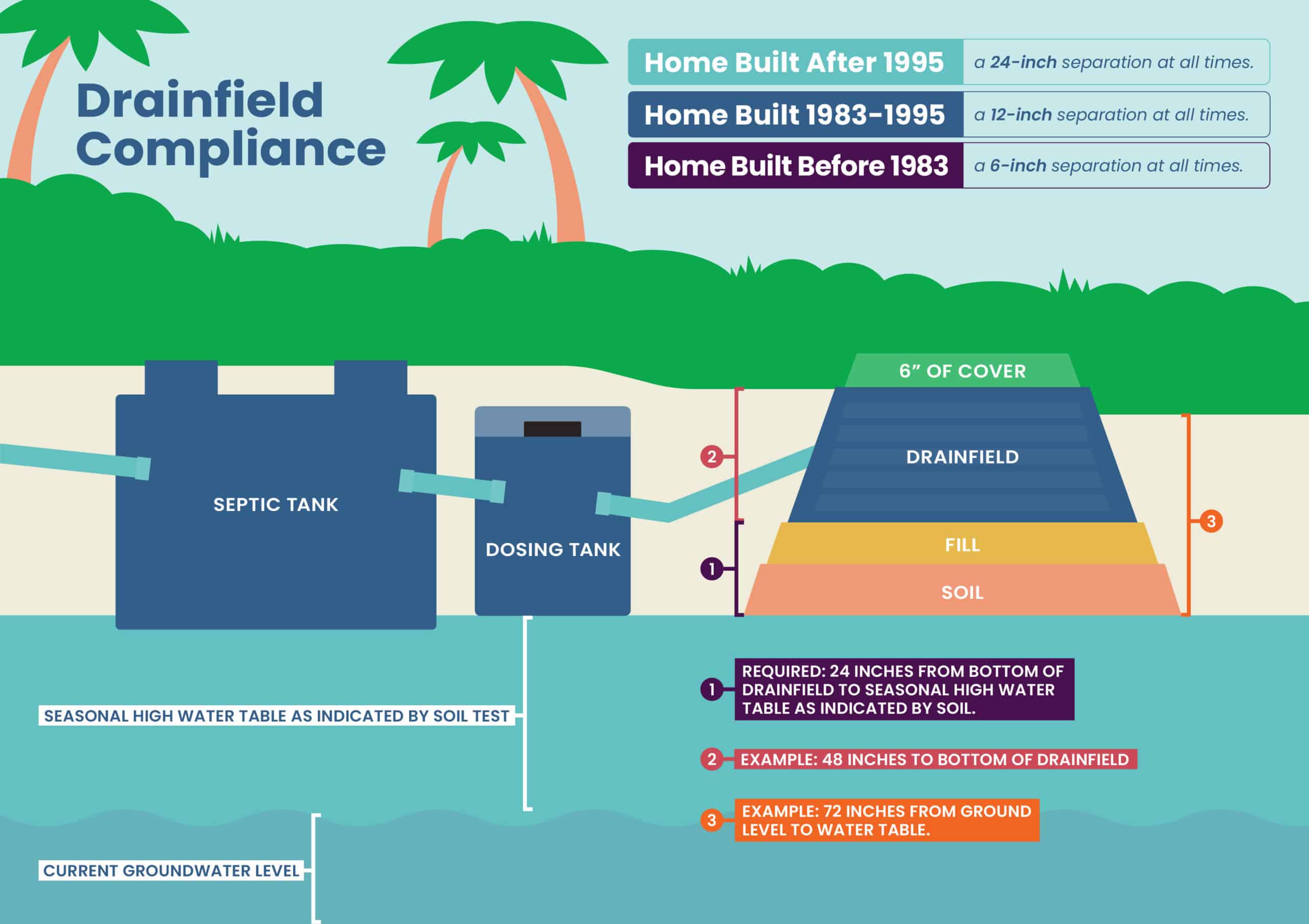
A dosing tank, as depicted in the example above, may also be required if the slope of your property is not sufficient in moving the effluent from the septic tank to the drainfield. The required slope is ¼ inch per square foot. An inspection can help determine whether your property requires a dosing tank and/or a mound system.
The State of Florida must approve a contractor before they can perform septic system work. These regulations are in place to ensure each contractor keeps the aquifer as its first priority when performing any installation, maintenance, or emergency response. An annual license renewal is also required so that the DOH feels confident that the contractors remain compliant with Florida septic tank regulations.
ACE is proud to be one of the largest providers of septic services in Tampa Bay. To see our reviews click here.
This section will cover the nuanced regulations that each septic system must abide by. It’s helpful for homeowners to be aware of these regulations and work with a contractor like ACE to have the best chance of getting an application approved.
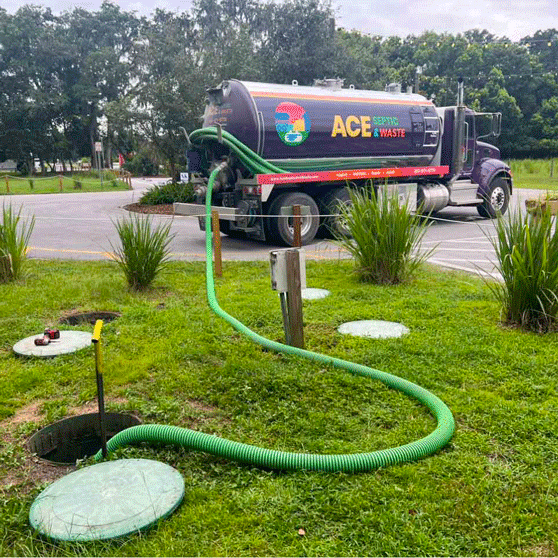
OSTDS = onsite sewage treatment and disposal systems
Quick Links: